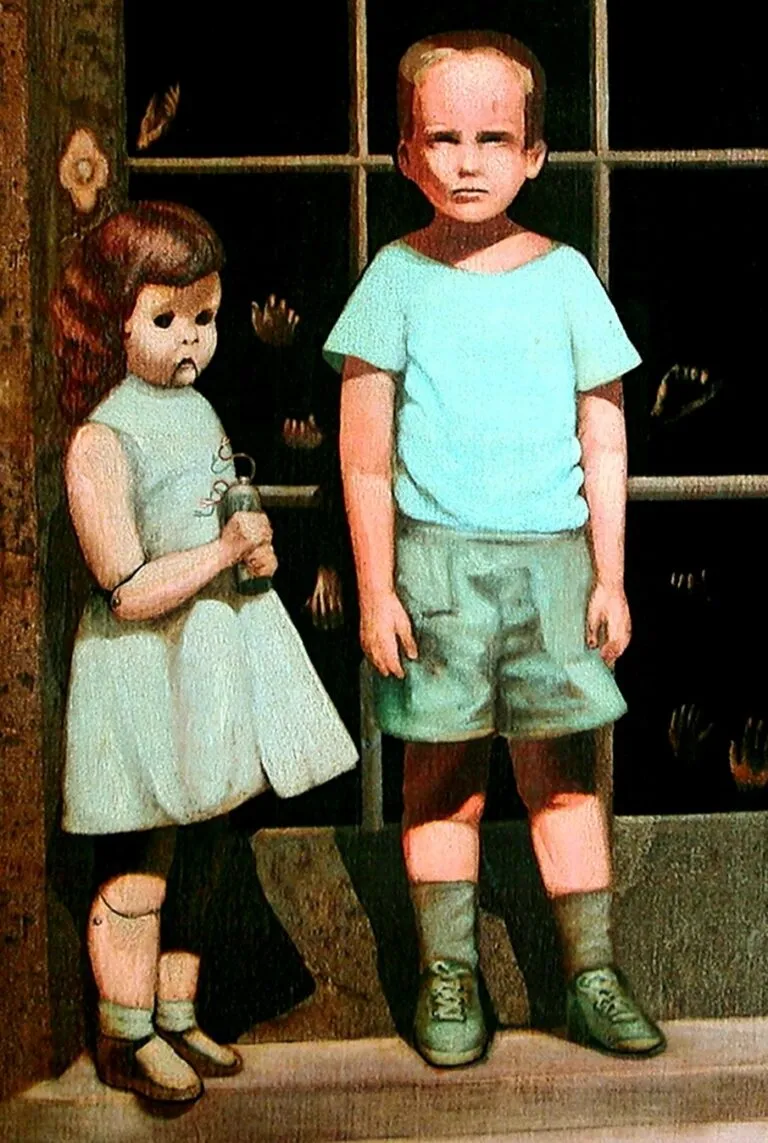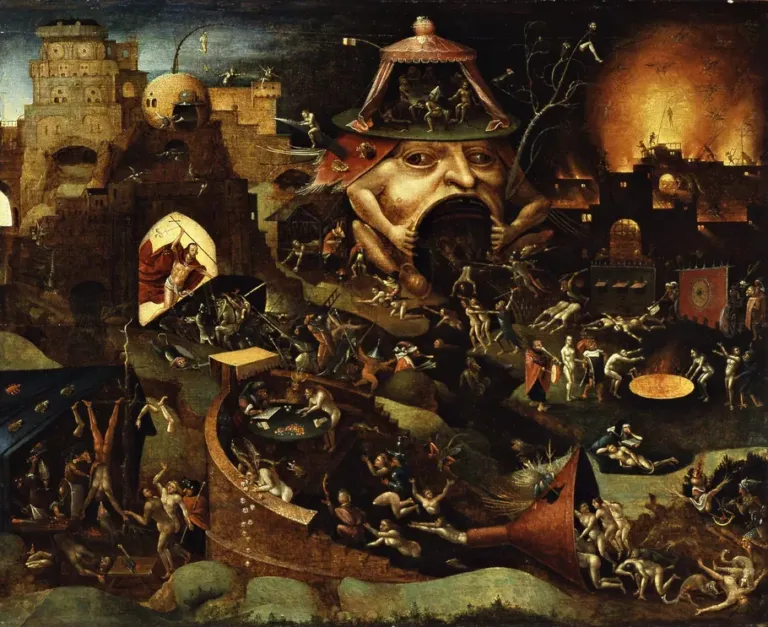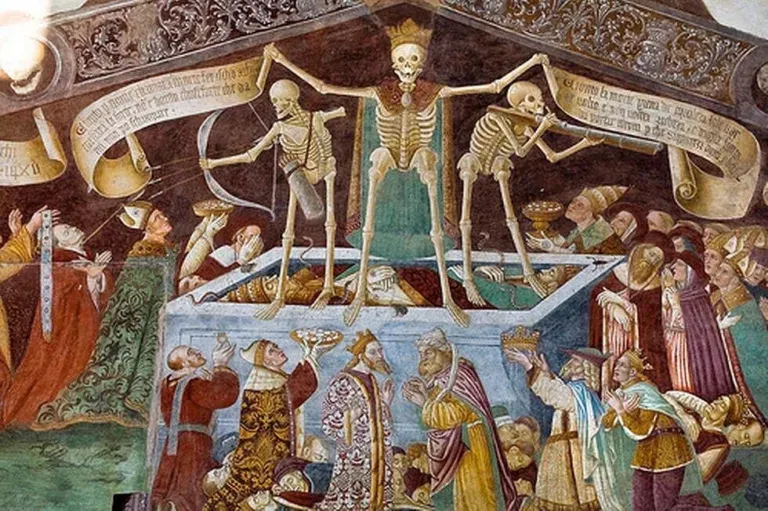Isaac Cordal: The Miniature Man
Isaac Cordal: The Miniature Man is a Spanish artist known for his miniature sculpture installations that offer a sharp critique of contemporary society. His works, often placed in urban public spaces, tackle themes such as alienation, the environment, politics, and the role of the individual in modern society. Cordal’s sculptures, despite their small size, create a significant visual and conceptual impact, compelling passersby to reflect on complex issues through seemingly simple scenes.
A Small-Scale Art with a Big Impact
Cordal’s installations are characterized by miniature human figures, often placed in urban settings so as to seamlessly integrate with the surrounding context. This integration with the environment is one of the keys to the success of his works: the sculptures seem to be a natural part of the urban landscape, drawing attention only after careful observation. This sudden discovery of Cordal’s works adds an element of surprise and reflection for the observer.
 Social and Environmental Themes
Social and Environmental Themes
One of the main themes in Cordal’s works is the critique of contemporary society, particularly bureaucracy and the capitalist system. His sculptures often depict human figures engaged in everyday activities but in contexts that highlight the absurdity and dehumanization of modern life. An iconic example is the series “Cement Eclipses,” where small figures in suits and ties are placed in situations that underscore their insignificance in the face of an oppressive system.
Cordal also uses his installations to address environmental issues. His sculptures can be found in scenarios that highlight the devastating impact of human activities on the environment. For example, human figures immersed in dirty puddles or trapped in metal nets draw attention to environmental degradation and the ecological crisis.
The Common Man at the Center of the Art
Isaac Cordal often chooses to represent the common man in his sculptures. These figures, anonymous and sometimes repetitive, represent the mass of the population, trapped in a routine that seems devoid of meaning. This anonymity allows viewers to identify with the sculptures, creating an emotional connection and prompting them to reflect on their own lives and roles in society.
 Interaction with Urban Space
Interaction with Urban Space
Cordal’s installations not only integrate with the urban environment but also interact with it in surprising ways. His sculptures are often placed in unexpected locations, such as sidewalk edges, wall cracks, building rooftops, and puddles. This choice of unconventional locations creates a dialogue between the artwork and the space that hosts it, making the observer’s experience unique and stimulating.
Examples of Significant Installations
- “Waiting for Climate Change”: This series of sculptures shows human figures on small islets, seemingly waiting for a climate change. The placement of the sculptures, often in flood-prone areas or near watercourses, emphasizes the urgency of the environmental issue.
- “Follow the Leaders”: In this installation, Cordal depicts human figures blindly following a leader in a context reminiscent of the business and political world. The sculptures, submerged in water up to their knees or waists, suggest a path toward self-destruction, a metaphor for political and economic decisions that ignore long-term consequences.
 Conclusion
Conclusion
Isaac Cordal: The Miniature Man, with his miniature installations, manages to create art that is both delicate and powerful. His works invite us to stop, observe, and reflect on the world around us, challenging viewers to see reality from a different perspective. His sculptures remind us that, despite our smallness, we have an important role to play in building a more aware and responsible society.

Subscribe to our YouTube channel
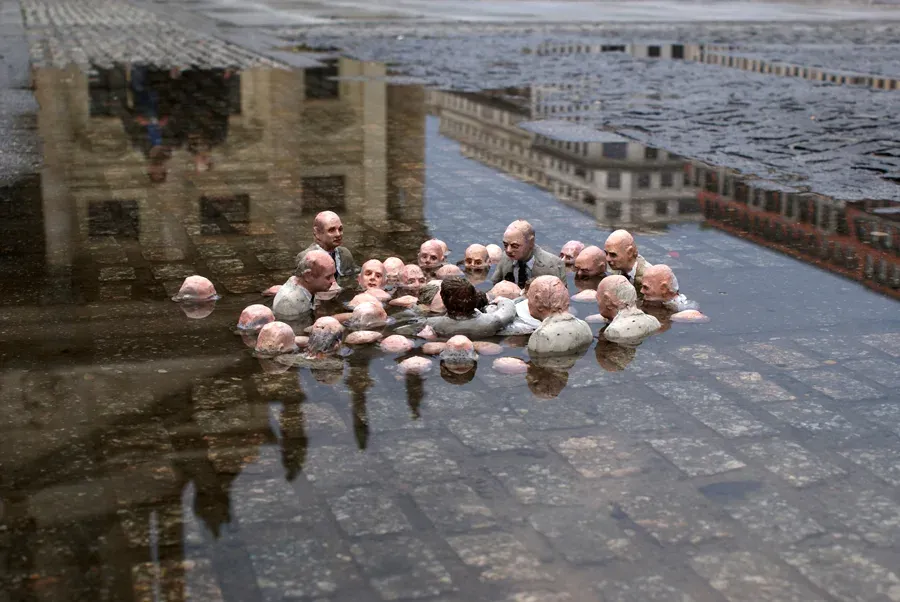
 Social and Environmental Themes
Social and Environmental Themes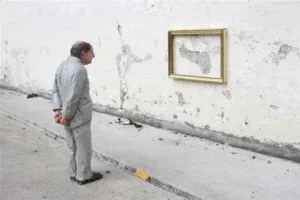 Interaction with Urban Space
Interaction with Urban Space Conclusion
Conclusion
